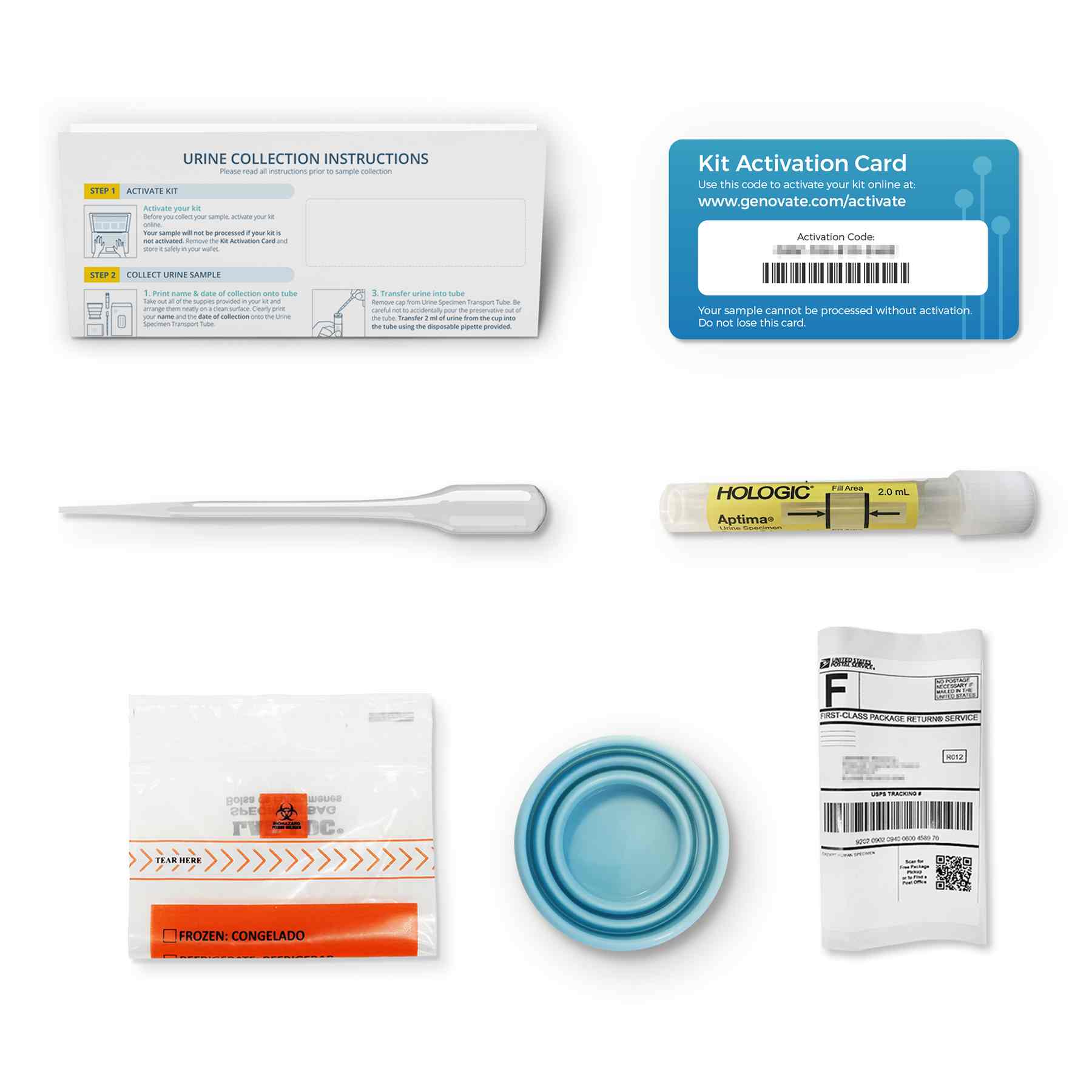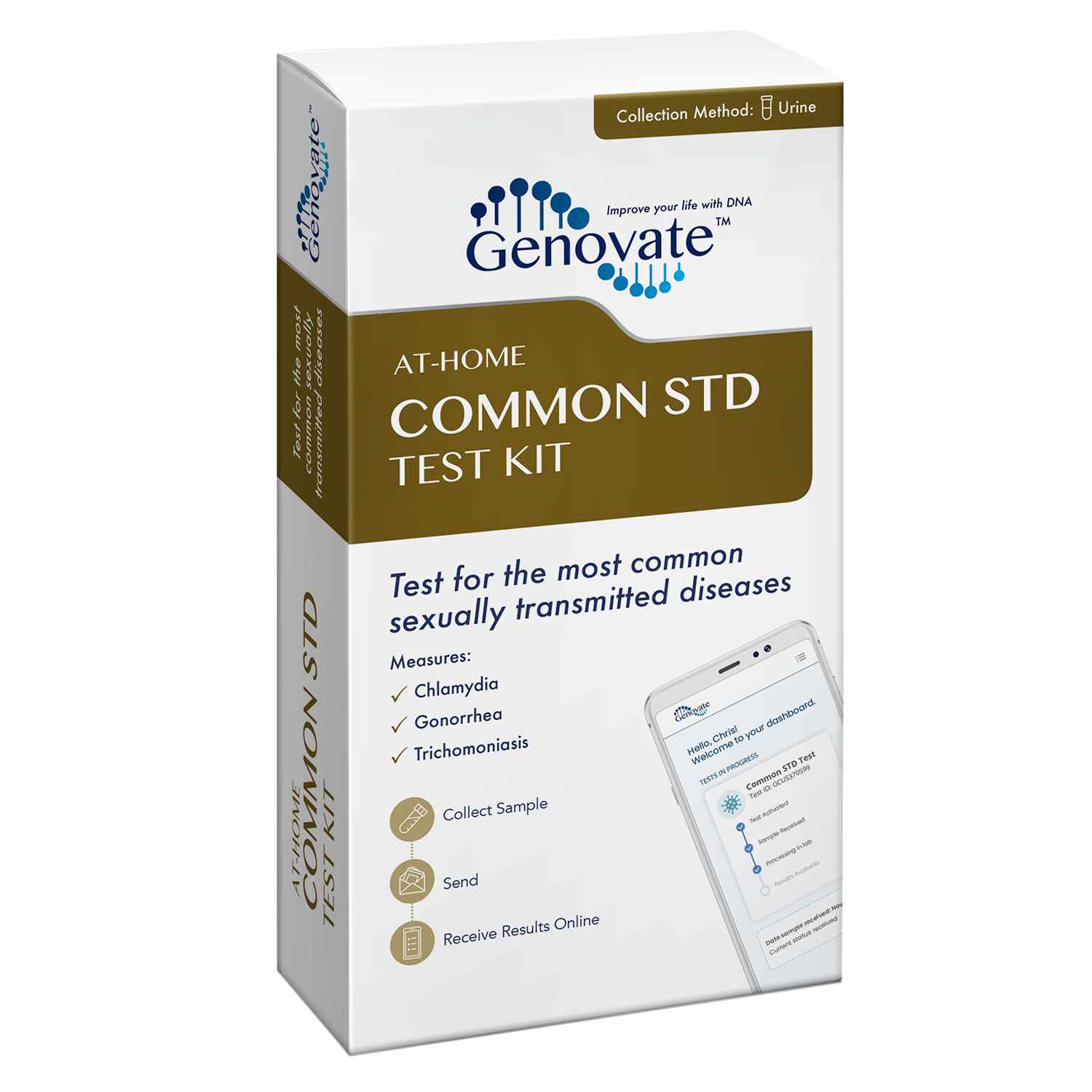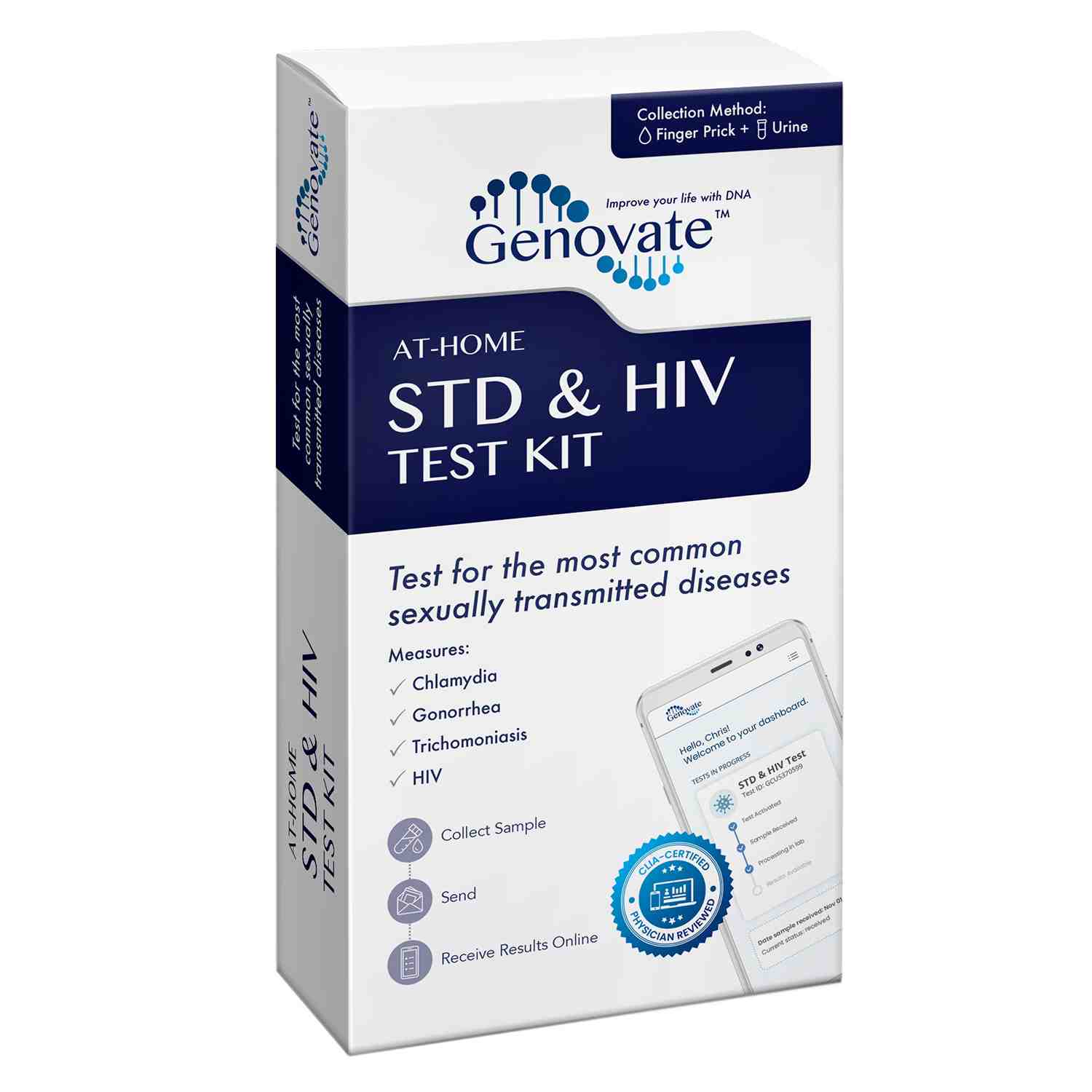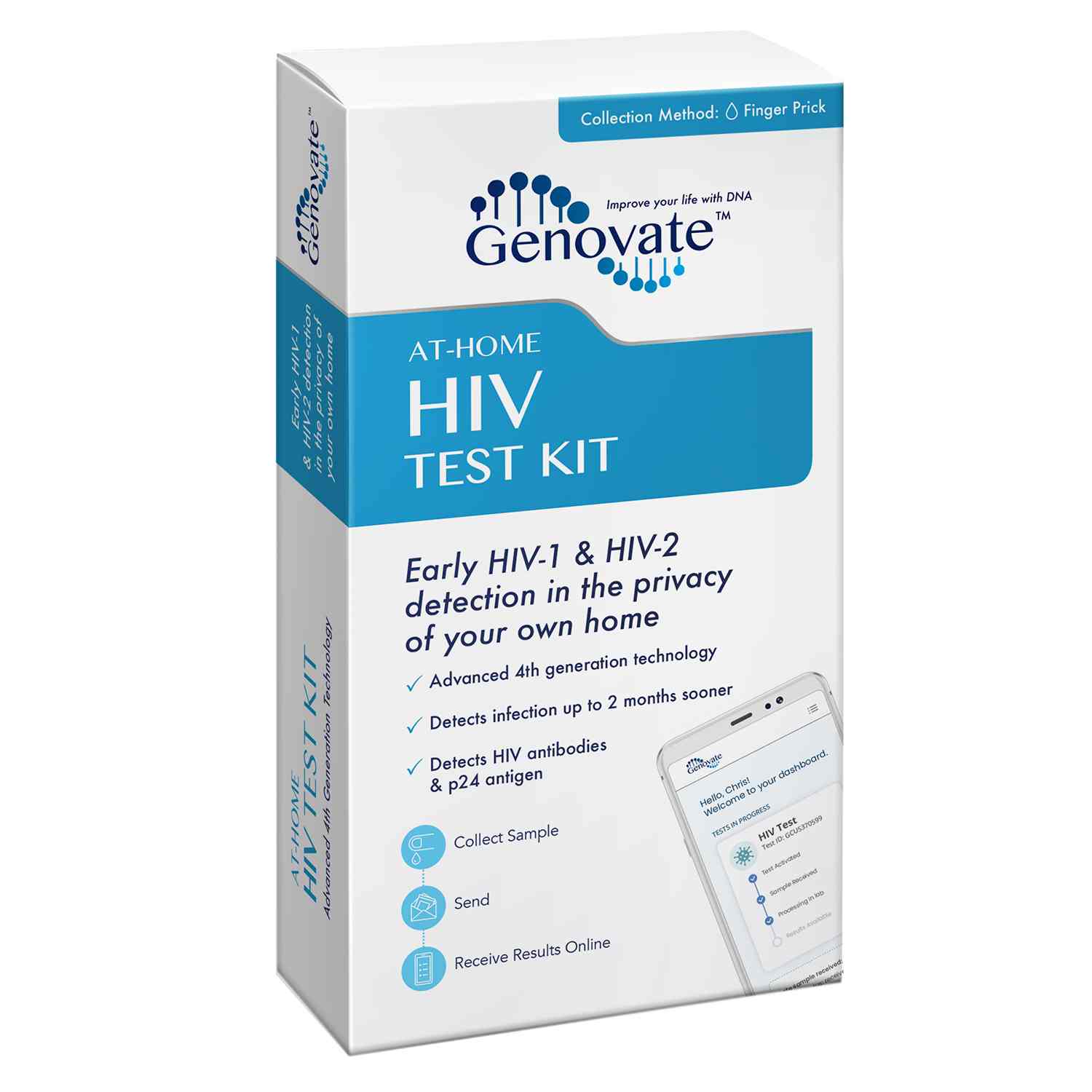Chlamydia & Gonorrhea Test
$99.00 Original price was: $99.00.$69.00Current price is: $69.00.
Chlamydia and gonorrhea are two common STDs that can infect both men and women. However, most infected individuals do not show any symptoms. Take this at-home STD test to find out if you may need treatment.
Detects:
- Chlamydia
- Gonorrhea
Collection Method: Urine
Chlamydia and gonorrhea are easily diagnosed and treated
Chlamydia and gonorrhea are common sexually transmitted diseases (STDs) caused by bacterial infections. They are transmitted through sexual contact with the penis, vagina, mouth, or anus of an infected individual. These STDs can also be transmitted from a mother with an untreated infection to her newborn during childbirth, increasing the risk of chlamydial conjunctivitis and pneumonia, and gonorrhea-associated eye infections and sepsis.
Although many infected individuals do not show any symptoms, untreated chlamydial and gonorrheal infections can lead to serious health complications. In females, pelvic inflammatory disease (PID), and PID-associated infertility, ectopic pregnancy, and chronic pelvic pain can occur. Untreated chlamydia during pregnancy has been associated with preterm delivery, and untreated gonorrhea during pregnancy increases the risk of miscarriage and inflammation of the lining of the uterus.
Complications in untreated males can include epididymitis, sterility, and prostatis. Other potential complications include gonococcal bacteremia, pharyngitis, and reactive arthritis. Chlamydial and gonorrheal infections also facilitate the transmission of HIV infection.
Why consider this test?
You should consider getting tested if:
- You are sexually active
- You have had unprotected sex
- You are entering a new relationship
- You are experiencing symptoms of an STD
- You have had a partner with an STD
If you suspect that you have been exposed to chlamydia or gonorrhea, be aware that there is a “window period” of around two weeks where laboratory assays are unable to detect bacteria that cause these two common STDs.
CDC recommendations for testing:
- Annual testing for both chlamydia and gonorrhea in all sexually active females <25 years, and in females >25 years who have risk factors (e.g. new partner or multiple sexual partners)
- Testing for chlamydia and gonorrhea in all pregnant females
- Annual testing for gonorrhea in all sexually active males <25 years, and in males >25 years who have risk factors
- Routine testing for chlamydia in sexually active men who have sex with men, and in clinical settings with a high prevalence of chlamydia
Symptoms of Chlamydia and Gonorrhea
Symptoms in Females
Endocervical bleeding
Increased urinary frequency
Rectal pain, swelling & bleeding
Painful urination
Vaginal discharge
Symptoms in Males
Testicular pain & swelling
Increased urinary frequency
Rectal pain, swelling & bleeding
Painful urination
Urethral discharge
What's included in this test?
Chlamydia
Chlamydia is an STD caused by the bacteria Chlamydia trachomatis. It's the most commonly reported bacterial infection worldwide. Approximately 60% of new chlamydia infections occur in individuals aged between 15 and 24 years, with reported chlamydia rates in females being approximately two times the rate among males.
Chlamydia is diagnosed by nucleic acid amplification testing of vaginal swabs or urine specimens. Fortunately, chlamydia can be effectively treated with antibiotics. However, reinfections can occur through sexual contact with an infected partner, posing a risk of serious reproductive health complications.
Gonorrhea
Gonorrhea is another common STD caused by the bacteria Neisseria gonorrhoeae. In women, this infection can impact the cervix, uterus, and fallopian tubes, while in men, it primarily affects the urethra. It can also infect the mucous membranes of the mouth, eyes, and rectum.
Gonorrhea is typically diagnosed through nucleic acid amplification testing of vaginal swabs or urine samples. Gonorrhea is curable with dual antibiotic therapy. However, similar to chlamydia, repeat infections are common following sexual contact with an infected partner, increasing the risk of serious reproductive health complications.
How it works
Order your kit
Collect your sample
Receive your results
Our Laboratory Accreditations
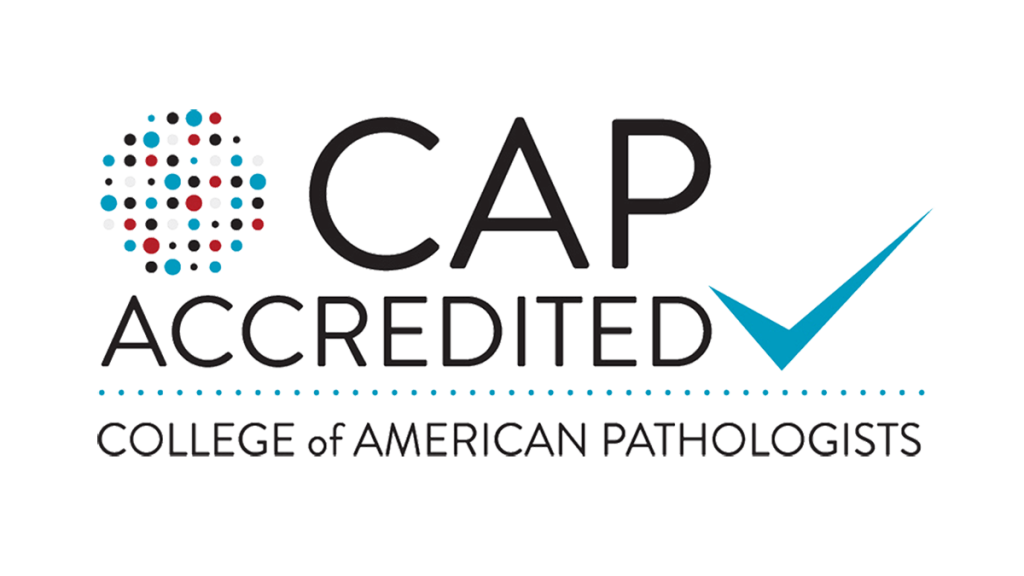

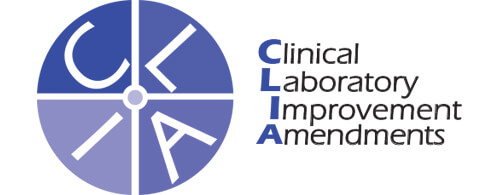
FAQs
How does the chlamydia and gonorrhea test work?
Collect a urine sample using the provided cup and transfer it into the sample vial. Mail this to our lab using the prepaid envelope. At the laboratory, we use a highly-sensitive molecular testing technique known as nucleic acid amplification testing (NAAT), that detects the presence of bacterial DNA. NAAT tests are the most sensitive and can be performed rapidly.
What should I do if my test is positive?
If you receive a positive result, contact a healthcare professional immediately to start treatment. Follow your healthcare provider’s treatment recommendations and inform your sexual partners so they can also get tested and treated if necessary.
How are chlamydia and gonorrhea treated?
Chlamydia, Gonorrhea, and Trichomoniasis
These infections are commonly treated with antibiotics. The specific type and length of antibiotic treatment can vary depending on the individual and the severity of the infection. It's important for both the infected individual and their sexual partners to undergo treatment to prevent re-infection, and they should abstain from sexual activity until the infection is fully resolved.
Early diagnosis and consistent adherence to treatment are essential for effectively managing these infections. Please note that these are general guidelines, and the specific treatment for an individual will depend on their overall health, the stage of the disease, and other factors. Therefore, it's important to consult with a healthcare provider for personalized advice. Also, remember to complete the entire course of prescribed medication, even if symptoms improve before finishing the treatment.
How can I prevent these STDs?
To reduce your risk of contracting these STDs, consider the following preventive measures:
- Practice Abstinence: The surest way to prevent these STDs is to abstain from or delay sexual activity.
- Get Regularly Tested: Regular testing is especially important if you have multiple partners or engage in high-risk behaviors. Early detection through tests can lead to timely treatment.
- Use Condoms Correctly: Condoms are effective in reducing the risk of STD transmission when used properly during every sexual encounter.
- Limit Sexual Partners: Reducing the number of sexual partners can decrease your risk of exposure to STDs.
- Mutual Monogamy: Being in a mutually monogamous relationship where both partners have been tested and know their STD status can significantly reduce risk.
- Avoid Sharing Needles: Never share needles, syringes, or other injecting equipment.
How common are chlamydia and gonorrhea?
In the United States, chlamydia and gonorrhea are two of the most common sexually transmitted infections. As of the latest CDC data, there were 1.6 million reported chlamydia cases in 2021, marking a 4.1% increase from 2020. Gonorrhea cases surpassed 700,000 in 2021, which is a 28% increase since 2017.
Are false-negative and false-positive results possible?
A negative result does not completely exclude the possibility of an infection. False-negative results might occur if the test is taken too early after exposure (aka during the "window period"), as the organism levels might be below the sensitivity of the assay. Improper specimen collection can impact the accuracy of the test. Concurrent antibiotic therapy might suppress the detectable level of the causative organism, leading to a false-negative. The presence of inhibitors in the test sample can also interfere with the accurate detection of the organism.
False-positive results, although rare, are still possible. They may occur shortly after successful antimicrobial therapy for chlamydia, gonorrhea, and trichomoniasis, as the test might still detect remnants of the organisms
Related Products
$129.00 Original price was: $129.00.$89.00Current price is: $89.00.
$149.00 Original price was: $149.00.$99.00Current price is: $99.00.


